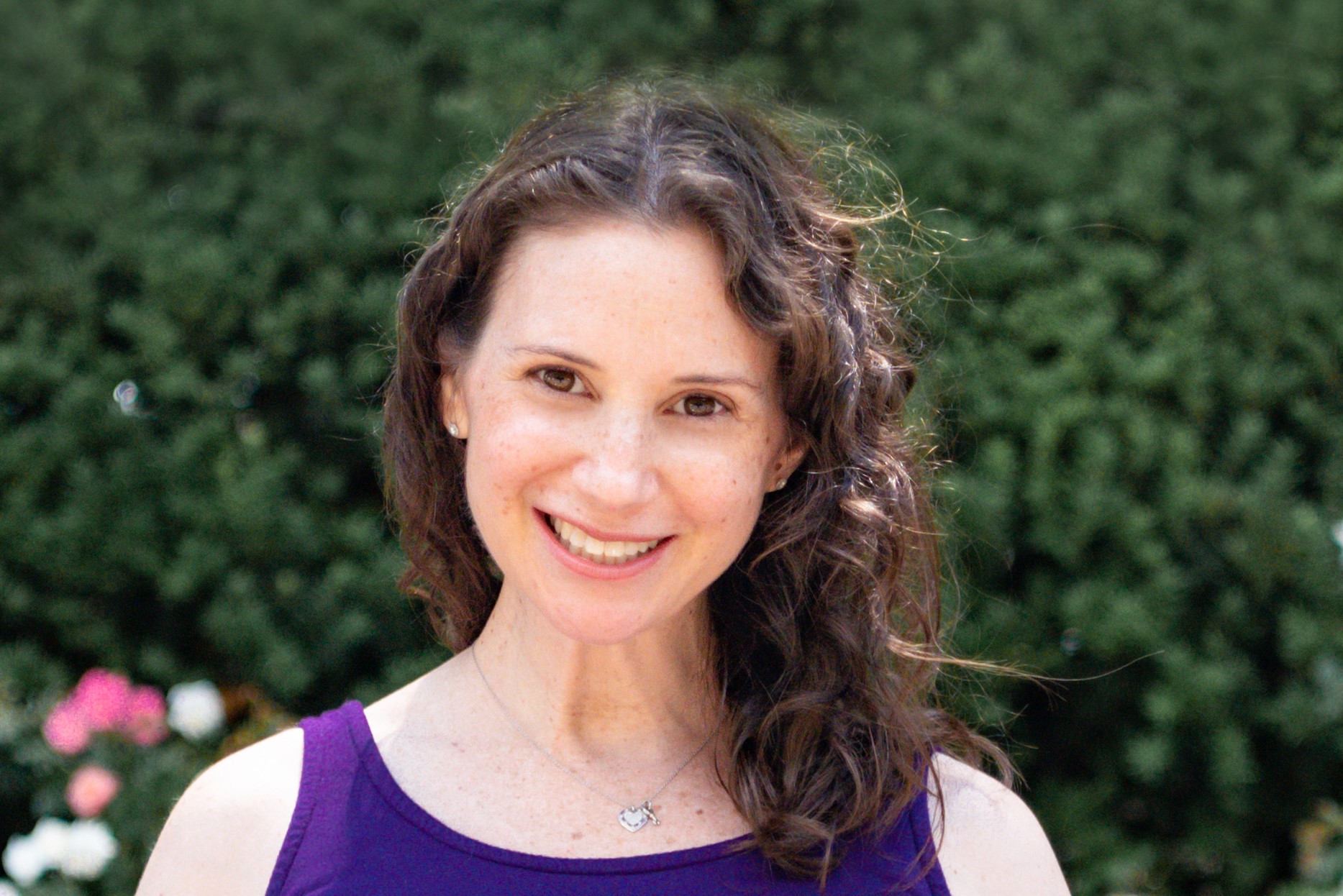Trends, hot topics and observations from nutrition experts around the globe…

In this issue of Ketchum Borderless Nutrition News, five members of the Community share their food and nutrition observations and experiences while living abroad, including similarities and differences, what has been most surprising and one key observation they want nutrition experts around the world to know.
 Zeina Soueidan, MS, RDN, LD
Zeina Soueidan, MS, RDN, LD
Lived in: USA (Boston, DC) and Lebanon
Living now: Dubai, UAE
@GuiltlessNutrition (Instagram)
What’s different?
The UAE has a huge population of expats from all over the world that surpasses the locals in number. With the rise of obesity, diabetes and cancer, people continue to search for quick fixes for health. Juicing/detox was booming in the past couple years, so were the vegan and paleo diets that continue to be on the rise. The health food fresh meal delivery system has been popular for a while and continues to grow, as people’s lives get busier and they continue to request fast, easy and healthier food to consume. People get most of their news from social media, and dietitians on the TV networks. Nutrition information, recipes and ads are really large on social networks as well, people are very connected that way. Despite the fact that we are becoming more educated on nutrition and health risks, close to 47% of the population is overweight and 1 in 5 UAE residents has diabetes. There is a major Vitamin D deficiency among residents despite the year round sunny days.
What’s similar?
American restaurant chains continue to open in the Middle East and the western influence of eating is still very prominent. Fusion cuisine, ancient grains, probiotics and gluten free are also on the rise, as well as a focus on decreasing sugar, dairy and carbs.
What’s most surprising?
The new generations are very curious about nutrition. There is also a growing interest in culinary nutrition and recipe development.
Key observation?
Dining out and ordering in is more popular here than home cooked meals.
 Anita Mirchandani MS, RD, CDN
Anita Mirchandani MS, RD, CDN
Lived in: New York City
Living now: Mumbai, India
@FitNutAnita (Twitter, Instagram)
What’s different?
Here in Mumbai, there is not a strong push for evidence-based research. Trends are explored through media but the focus is not science based as yet. Access to healthy food products is very limited – as compared to the retail market in USA.
What’s similar?
Locals are eager to learn more and are embracing the knowledge. They want to act on incorporating a healthy lifestyle and as a result, products such as Greek yogurt have become popular.
What’s most surprising?
There isn’t a strong resource community here as yet. The dietitians don’t have camaraderie the way the Academy of Nutrition and Dietetics has encouraged in the USA and there are no communities similar to dietetic practice groups. I would encourage the nutrition community here looking for answers for various dietary patterns and wanting to provide recommendations, either through medical nutrition therapy or counseling practices, to connect with the USA dietitians either through social media or email for access to cutting edge research. In terms of nutrition/food, imported products are available but the quality is questionable. I find it surprising due to the availability of various grains, dried fruit and spices that retail products haven’t hit the shelves sooner.
Key observation?
In India, ayurvedic principles and the healing power of food are heavily encouraged. For example, the “golden milk” concept or a version of bone broth using goat meat is still popular today. There are a lot of “home remedies” that have been passed down. Also, alternative grains are very popular here. Sorghum and millet are finely grinded into a flour to make Rotis (Indian tortillas) and served with a side of sautéed veggies.
 Robyn Webb, MS
Robyn Webb, MS
Lived in: Paris, France (seasonally, June-September)
Living now: Miami, FL
www.robynwebb.com, @RobynWebb (Twitter, Facebook), @RobynWebbms (Instagram)
What’s different?
France has a long tradition of a food culture that’s embedded in its society. In the U.S. it’s still hard to define our food culture, although there are distinct regional differences. In France, although they have adopted some of the trends as the U.S. like gluten free, they still as a whole stay rooted to tradition and are slower to make any quick judgments and changes when it comes to nutrition. In the U.S. we tend to be guided by trends and it’s a challenge for those of us in nutrition communication to still teach the solid basics. I think the French really do a better job on the whole when it comes to food shopping and preparation. Actually I think if more Americans approached food like the French, the U.S., would have fewer health issues.
What’s similar?
France is increasingly adopting some of the trends of today. Gluten free for example is much more widely accepted as is vegetarian and vegan food choices. Most of those trends though are more concentrated in the cities of France versus rural areas. I also have noticed each year that the consumption of more prepared foods and soda intake keeps growing. Especially in French cities where the norm is two working parents, people are cooking less. Also what has happened in France (and many European countries) is the increase of food offerings from other cultures. You’ll see more Indian, Asian and other cultures outside of the traditional French being offered in restaurants and supermarkets. But I think that’s a good thing!
What’s surprising?
It always surprises me when the French try to adopt more American ways of eating. For example this year’s hot food trend was hot dogs! Last year it was a proliferation of hamburger restaurants. And the French seem to love it – it’s not just there to serve the tourists. That’s something I definitely did not see even a few years ago.
Key observation?
I think US nutrition experts can adopt some of the traditions that are still present in France. Teach their clients/patients/readers that it’s not always about the “numbers” – they should be encouraging their clientele to cook, prepare fresh, simple foods and eat slowly in the company of other people. Not everything related to nutrition is just on the plate alone – creating a pleasant environment to eat without distractions and socializing with others goes a very long way to good health. The French, as far as I am concerned, still have that wonderful art of conversation around the table and seem to really, really enjoy their food without worry of every single calorie.
 Kara Landau – Accredited Practicing Dietitian/Accredited Nutritionist, MS in Entrepreneurship and Innovation
Kara Landau – Accredited Practicing Dietitian/Accredited Nutritionist, MS in Entrepreneurship and Innovation
Lived in: Sydney, Australia
Living now: New York City
www.travellingdietitian.com, @travellingdietitian (Instagram, Facebook) @traveldietitian (Twitter)
What’s different?
In the USA, compared to Australia, there is often a lot more talk around the safety of ingredients, and ties between the food supply and the government. On the other hand, in Australia, the focus has been very heavily focused on sugar-free and paleo-style diets.
What’s similar?
It appears a more holistic approach to nutrition and wellbeing is trending globally at the moment, as well as support in the increased consumption of full fat products, and the rise of plant-based milks and protein sources. Dietitians and qualified nutritionists are continually being questioned on their dietary advice, whilst wellness bloggers and Instagrammers are continuing to play an influential role in consumer’s food and dietary choices. The importance of gut health, the microbiome, and how to manage digestive health concerns are also being discussed continually.
What’s surprising?
The dietetic community within NYC is so welcoming and inclusive! It was hard to know whether if coming in as an outsider I would be welcomed or pushed away – my experiences over the past 4 years have been nothing short of phenomenal, with the similarly minded entrepreneurial dietitians becoming some of my closest friends in the city, and being a key driver in me continually returning to NYC.
Key observation?
Not readily available here are green banana flour and lupin flour – they are slowly making their way onto health food shelves or can be ordered online across the USA. Both are gluten free, low glycemic index, and prebiotic fibre rich regular flour replacements that either significantly enhance ones resistant starch intake (green banana flour) or protein and dietary fibre (lupin flour).
 Diane deJesús, RD
Diane deJesús, RD
Lived in: Brooklyn, NY
Living now: London, UK
@PieceOCakedj (Instagram, Twitter, Facebook)
What’s different?
Back home, I’m seeing more and more dietitians sharing their knowledge and views on the news and in consumer publications, and working with brands. Here in the UK, I don’t see as many references to the “nutrition expert” and any references tend to more often cite the viewpoints of a nutritionist, health coach or blogger. UK dietitians appear to stick more closely to the National Health Service (NHS) and do not seem to have quite the same level of exposure to the public via media and brand relationships.
What’s similar?
We have the same food-related trends: bone broth, turmeric lattes, toasts of all kinds (especially avocado), ancient grains, charcoal-filtered water, third-wave/artisanal coffee, you name it! UK dietitians must complete very similar accreditation requirements as US dietitians.
What’s surprising?
I’m currently expecting my first child and have had fun learning about the differences in pregnancy recommendations and guidelines in UK vs. US. For example, per the FDA, Brie, Camembert and “blue-veined cheeses” are safe to consume in pregnancy if pasteurized; however, the NHS (National Health Service) recommends to avoid these cheeses entirely.
Key observation?
Londoners are very educated about nutrition and health issues. Here, health and fitness are more built-in to daily life in that portion sizes are often smaller than we’re used to in the States and many people jog or cycle to and from work daily. Also, extracurricular activities and sports are not just for kids as many folks here spend their free time engaging in team sports or other physical activities as a regular part of life. That said, the UK does have its own obesity problem. According to NHS, “It’s a common problem in the UK that’s estimated to affect around one in every four adults and around one in every five children aged 10 to 11.”
If you have any questions or would like to subscribe, email us at [email protected].
